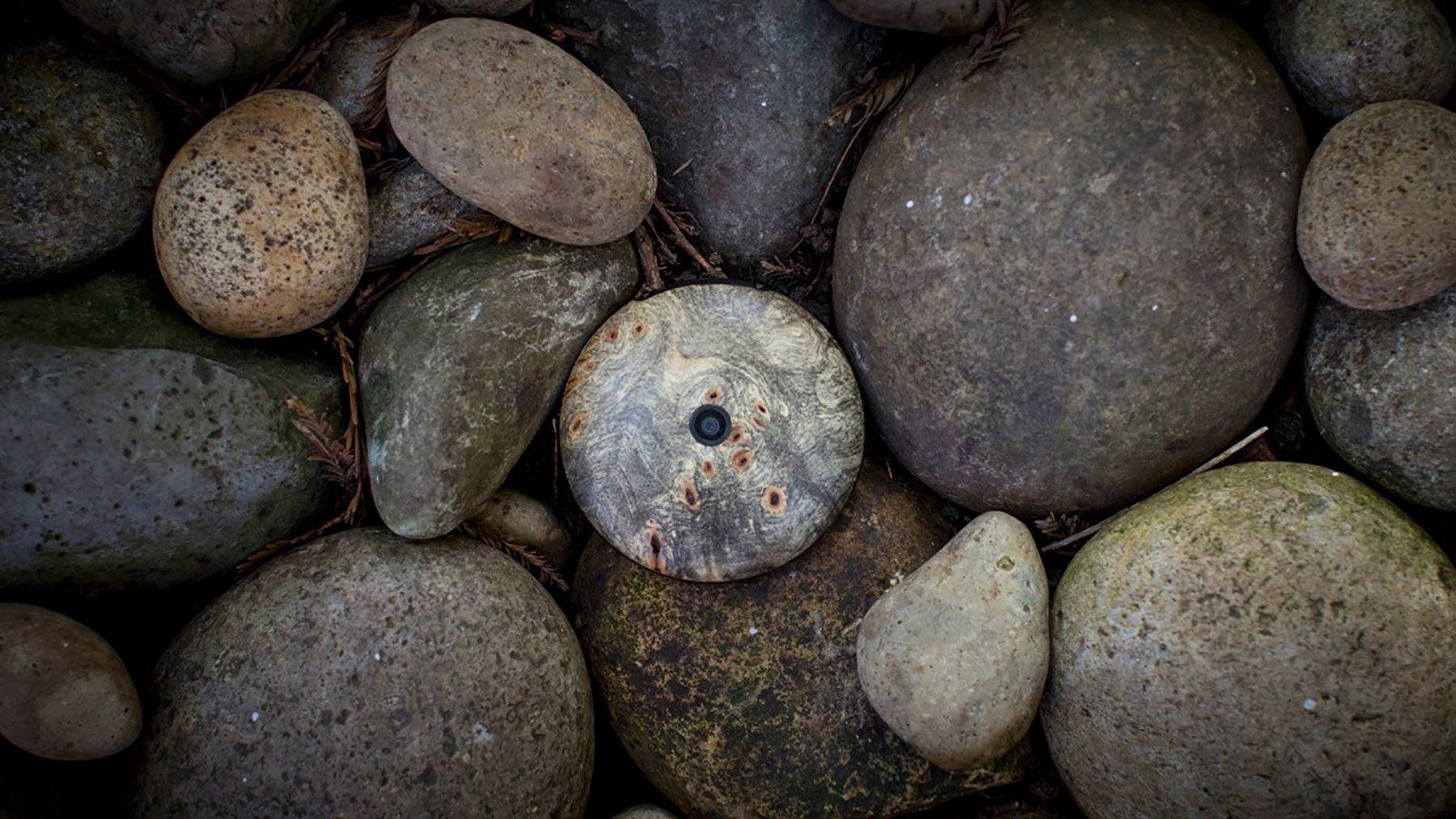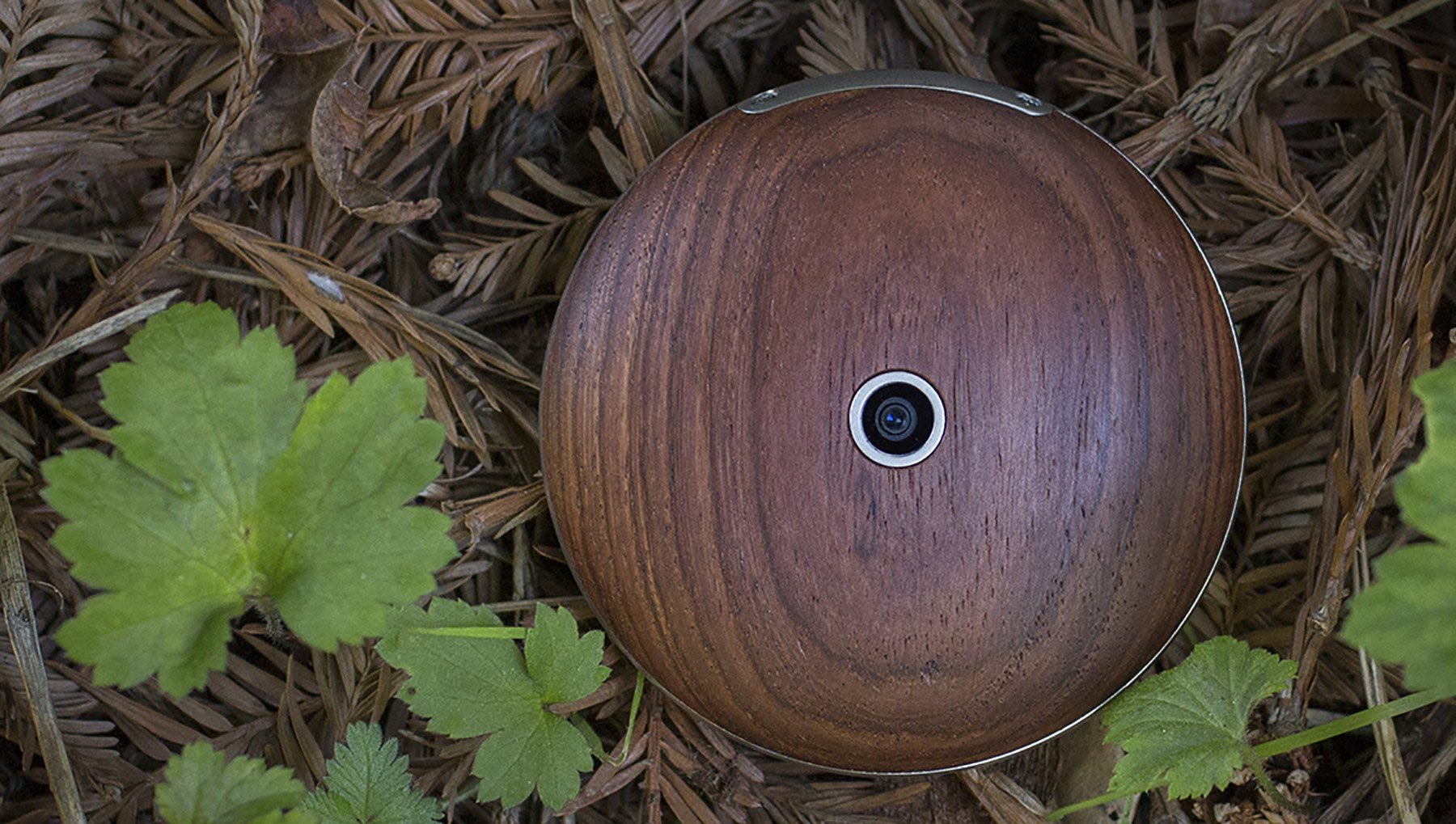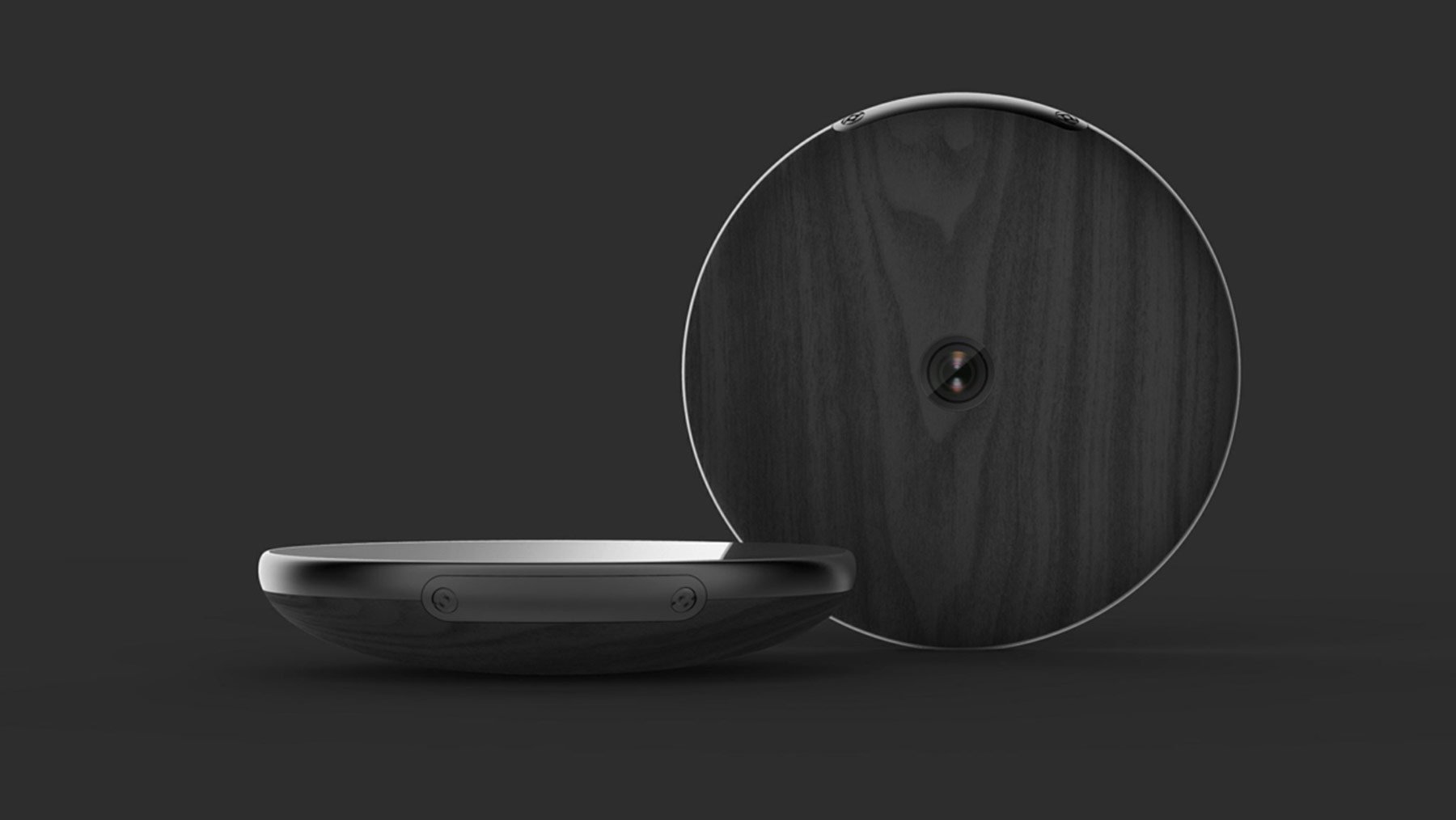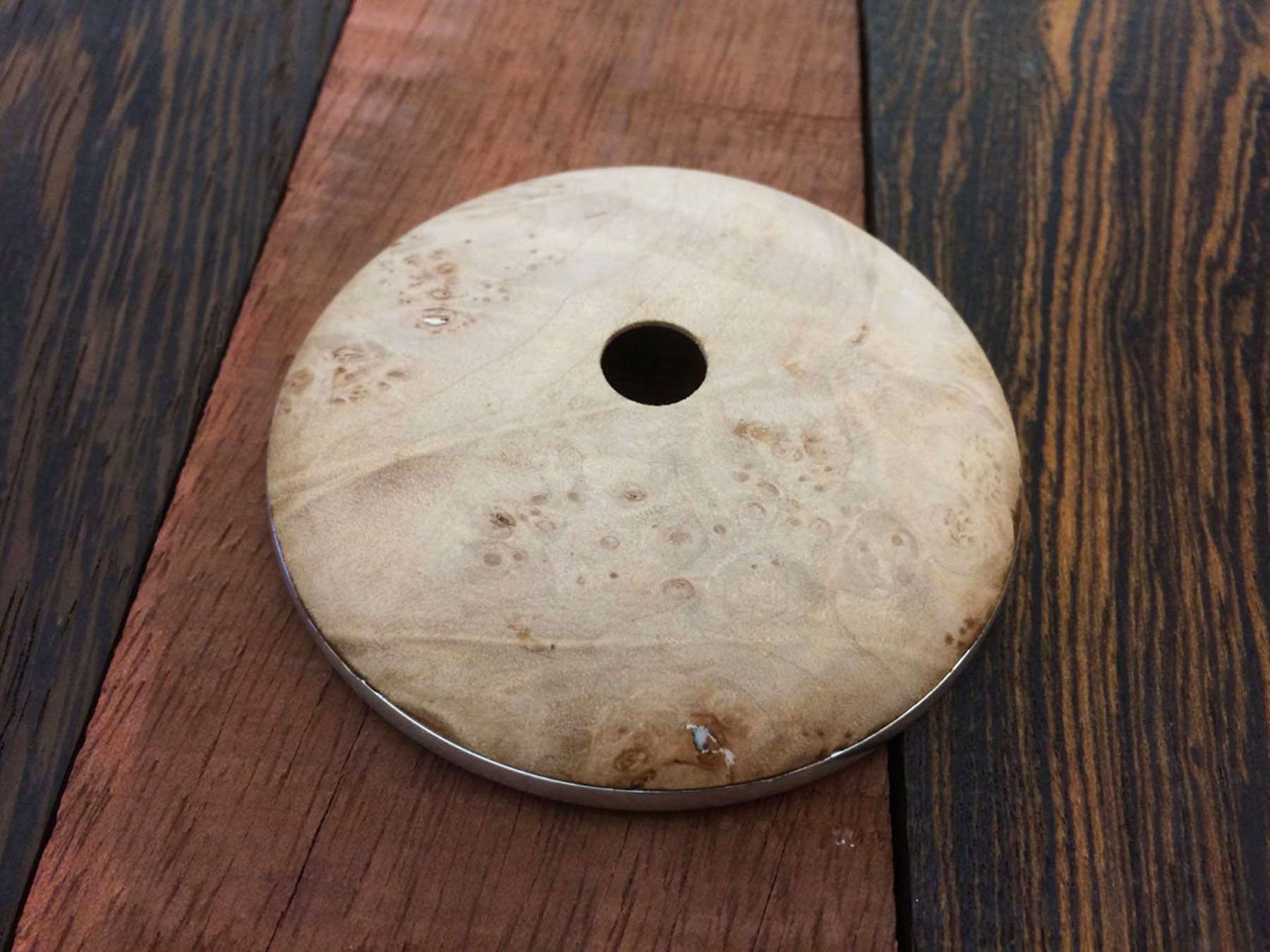There is no cell phone that has been designed to last. In fact, all the hi-tech mobile phones face a possible death sooner rather than later, as the technology used within becomes outdated. Well, here comes a revolution in the field of mobile technology, with the design of Runcible by SF design firm Monohm based in Berkeley, California.
The next gen mobile device is set to change the way we see our cell phone technology and wearable tech usage. Monohm’s Runcible promises to change the global perception of mobile technology. With the release of a stunning prototype of Runcible at Mobile World Congress, Monohm has thrown a challenge to the mobile industry to create devices that are less invasive while being complete with connectivity and Internet access.
A circular device, Runcible is the future of mobile phone, which is more than a cell phone. Created by industry-leading brains who dub their innovative concept as “heirloom” for the future, Runcible attracts attention to its shape, which completely separates it from the class of present day mobiles that are rectangular. Astutely designed with a convex wooden back, the circular device easily nestles in your palm and draws attention as a funky alternative that works as efficiently as a smartphone and goes two steps further.
With a front screen, a rear camera, and a heft, Monohm Runcible is very much the future of mobile technology, with a retro design that gives it the look of a pocket watch and smart features that minimize distraction, with no alert, beep, or interruption sounds, despite its connectivity with WiFi and Bluetooth.
The brainchild of Apple and Sony alumni Anderson, Arriola and Proctor, this revolutionary gadget took only nine months for completion, from inception to design.
The device will make a debut just weeks before Apple launches its high-end smartwatch. Scheduled to be released to the smartphone market by the end of the year, this innovative technology boasts a battery life of four days. This is exactly what the founders were aiming at when they began designing the device, with a goal to give it a battery life of more than one day.
Attach the Runcible to a chain and flick open the gadget to access its features, just like your grandfather would do to check time – it’s like experiencing the age of mobile revolution from your grandfather’s eyes!
Now you must be wondering what makes the Monohm Runcible different from its competitors, apart from the shape. Well, the brains behind this pioneering initiative claim that the device will last for years, if not decades. This means, when it’s time for an upgrade, you don’t need to discard the device as you would do for any other smartphone on the market; rather, all you need to do is replace the innards, swap the curved back with Monohm’s selected high-end woods. What’s more, Monohm makes it possible for you to replace the circular body with 3D-printed alternatives. The heirloom electronic device uses Firefox OS that facilitates open framework developments and is popular among users.
The ground-breaking palm-sized device, with an anachronistic appearance, is the first real standalone device that has strange display and body. So while the Runcible is set to rock the mobile industry, get set to experience a technological revolution that comes with a camera that takes signature circular imagery, with slight rotation helping activate its zoom controls.
Though the founders are still mum on revealing all the features of their so-called heirloom mobile technology, the device does come with a sensor that can activate remote controls for sound or light adjustment. Runcible will be launched as part of Japan’s KDDI carrier’s Design Series, though it will be sold completely unlocked.
Truly, the Runcible promises to be a revolutionary global device with tremendous universal impact!







